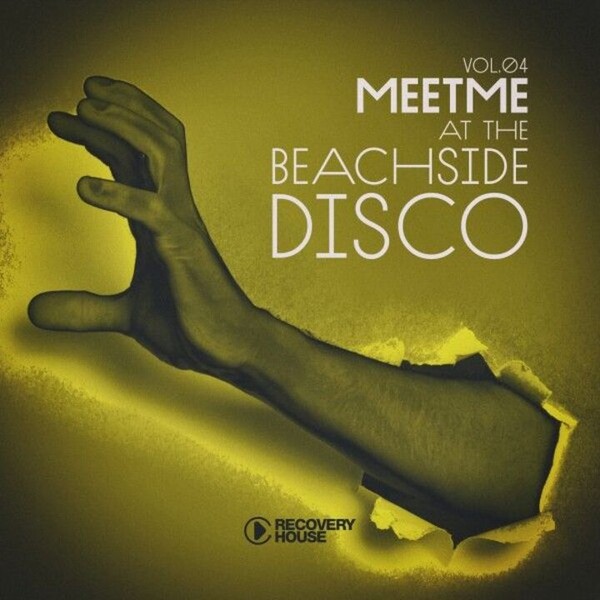Water pooled on concrete floors under the open roof of Soldier Field. Misting rains and a tornado watch pushed tens of thousands of concert goers into the concourse where they leaned on columns, squatted against walls, and queued up for women’s bathroom lines that curled around the stadium.
Others stormed into private rooms — the kind with expensive corporate sponsorships and honest-to-god chairs — that on cold football Sundays separate valued customers from mere ticket holders. Such flimsy barriers were no match for a three-hour weather delay, or the kinds of people determined enough to wait it out. This crowd would not be denied. When Beyoncé finally took the stage at 10:15 pm in Chicago, they roared out undiminished.
Beyoncé’s “Cowboy Carter” tour proved worth the wait.
Mrs. Knowles-Carter appeared in expectant darkness, her backup dancers clothed in Handmaiden red, as the chords of “AMERICAN REQUIEM” swelled through the stadium. As on her excellent 2024 album COWBOY CARTER, the track served as both thesis and promise: The evening would be political. It would be personal. And Queen Bey would settle unfinished business.
Video clips showed Fox News blowhards with their faces blurred out as they bloviated about Beyoncé. She performed a “Star Spangled Banner” that affirmed her own pro-American feelings while calling back to the kerfuffle over her Super Bowl anthem. She also sang the hell out it, in a way that would leave even the most patriotic American howling “Hail to the Queen.”
Because at this stage, what other artists could credibly claim to be royalty? She’s got a voice to rival Whitney Houston and dance moves to make even the most buttery K-popper jealous. As Bey swung her limbs during “MY HOUSE,” her voice crackled, popped, and whooped; at 43, she isn’t just performing a vocal line and a set of dance moves that would leave most 20-year-olds gassed, she’s doing them at the same time.

Beyoncé kept the evening moving with tight transitions, quickly moving on from provocations rather than risk too much explanation. In one clip, Bey appeared naked except for a sash that read “The Reclamation of America.” Other pop stars might have monologued about the politicization of bodies and the intersected woes of being both Black and a woman in Trump’s America. But not Knowles-Carter. A few seconds of striking imagery and it was gone. Like the robotic arm that poured her a drink or the stogie she pretended to light in front of a flaming piano, this image lasted only a few seconds but seemed to linger with meaning.
Is that too intellectual? Because Beyoncé has bops, too. “Love on Top” soared higher with every rising key change, and 40,000 people singing “Formation” is the kind of thing that starts religions. But the biggest cheers of the night were saved for Blue Ivy, 13, and Rumi, 7, who appeared alongside their mother during “PROTECTOR.” Blue Ivy is already showing signs of mom’s stage presence; plenty of professionals would have floundered when her earring got caught in Bey’s hair, but she fixed it and moved on with a veteran’s ease.
These moments with family mark a shift in Bey’s focus. She’s no longer just selling fantasy; she’s selling legacy. Where early-career Beyoncé weaponized youth and sexual energy, this version wields experience and maternal power with equal force. The appearance of her children isn’t just cute stagecraft, it’s a deliberate showcasing of her most important production to date.
But this new chapter comes with its own contradictions, visible in the carefully-maintained physicality she presents to the world. Her impossible curves are buttressed by professional work that is just barely noticeable from a distance. Stare long enough and you’ll notice a face that looks eerily tight, a torso free of the scars that mark almost every woman’s transition to motherhood, and a chest that could disprove Newton’s theory of gravity. It’s a charming illusion, though the illusion is starting to wear thin; and while Beyoncé is far from Parton-esque, if she spends another decade committed to these proportions, she’ll slip into Dollywood.
But these observations about image feel almost irrelevant when confronted with the magnitude of her talent. No artist in modern music combines vocal prowess, dance capability, and theatrical vision with such devastating effectiveness. As the clock ticked past 1:00 AM CT, it was hard to think of anyone in pop history — and that includes MJ — that could match her for vocal stamina, physical endurance, and artistic perfectionism. She’s rewriting the rubric for greatness.
“Ya’ll are ride or dies,” she told the audience towards the end of the evening in a video shared on Instagram. “I know some of ya’ll have to go to work tomorrow, you have to drop your kids off at school and ya’ll are still here. And I appreciate you so much. Thank you so, so much.” The gratitude was mutual.

As the crowd finally dispersed into the Chicago night (or rather, morning), there were no complaints about weather delays, rush-hour commutes, or lost sleep. All anyone talked about was the satisfaction that comes from witnessing something extraordinary. The tornado watch that nearly derailed the evening seemed, in retrospect, like appropriate meteorological foreshadowing. Because what Beyoncé delivered wasn’t just a concert — it was a force of nature, the kind that reshapes landscapes and leaves witnesses forever changed. The queen isn’t just claiming her throne; she’s building a legacy that will outlast us all.

 1 month ago
23
1 month ago
23


















 English (US) ·
English (US) ·